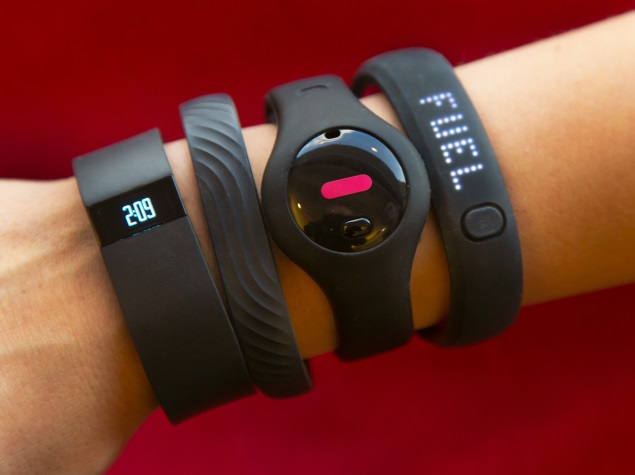Nearly a month after Apple announced its smartwatch – the Apple Watch – the jury’s still out on whether Apple has hit the nail on the head or not. Since the actual device won’t be available for a fair amount of time still, we’re all going to have to wait to know what the market thinks about this.
(Also see: Everything You Need to Know About the Apple Watch)
Part of the problem is that there’s still no clear understanding about how wearables like smartwatches fit into our universe of devices. The Samsung Gear S was unveiled at the end of August and unlike many of the other wearables on the market, it is a standalone device that comes with its own SIM card slot, and doesn’t require you to pair it with a phone to make calls or connect to the Internet. Opera announced on Tuesday that the Tizen-based smartwatch will also be able to run Opera Mini, a full-fledged Web browser. Of course, the Gear S hasn’t shipped yet either, so how it performs in the real world remains to be seen.
On the other hand, we’ve seen companion devices like the Pebble or the Samsung Gear Live and the LG G Watch, which are of little use without a smartphone.
The Apple Watch continues along this continuum – it isn’t a standalone device which can meet all your communication needs by itself, and that’s something that a lot of people are critical about. This correspondent, for one, is actually very grateful that this is the case.
![]()
Imagine reading a webpage on a tiny watch face, or having to look through all your Facebook updates on those (less than) 2-inches. That’s what Opera and Samsung seem to expect.
There’s a reason that Apple announced a 5.5-inch device this year and it isn’t because the company felt that cargo pants will be worn universally in the near future. There are more than a few uses where large screens are much more compelling than small ones, and a Hummer isn’t always the wrong choice.
Some have suggested that a smartwatch should replace the cellphone entirely, but leaving aside the issues with battery life that such usage would create, there are just some things that a watch can not do. Sure, you could play Threes with a smartwatch, but a game like Bastion or Stealth is a completely different proposition.
A watch can be a good place to quickly enter data about your spending, but when you want to use a tool like Toshl Finance to check your monthly spending and track just how much you’re wasting on that gym membership you never use, then a larger screen becomes important.
Our phones aren’t just used for communications – they’re portable gaming consoles, music players, media centres, portals to social networks, guides to navigation. We use them to track our health and our sleep and our exercise and our meals; to teach us new languages and to answer all our questions.
![]()
Some of this could be done with a smartwatch, but many of these functions require powerful processors and big batteries in turn. They need large screens to make the experience meaningful. Playing some games on the iPhone 5s can leave it feeling hot enough to cook an egg – that surely isn’t something you want from a device strapped to your hand!
We believe that smartwatches fit in the continuum of the Internet of Things, and not as a laptop on your wrist. Think of the smartphone as your server, as your large screen monitor – to borrow two references from an era not so long ago – so you have an option at hand when you want to browse the Web in bed or play a game during your commute.
On the other hand, the smartwatch can deliver useful data to you quickly when you need it. By itself, a smartwatch should just aim to be a good watch. It should tell the time, set alarms, timers and stopwatches, and possibly include calendar functions.
What’s next? We think that something like the Motorola Hint rounds out the package. The Hint is a smart tool to get feedback to the user without too many gimmicks, with no misconceptions about wanting to replace your phone either.
Instead of thinking of the smartwatch as a small phone on your wrist, we need to look at what comes next. Yes, the first generation of wearables is too expensive and the battery life is too less, but these things will improve with time. What we need to worry about now, is how a wearable can be different from a phone. Perhaps a continuum that starts with your smartwatch as the “brains” of the network, along with devices such as a smartwatch and a smart headset, is what the future would look like.



